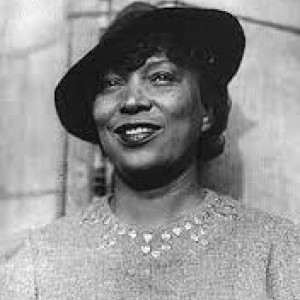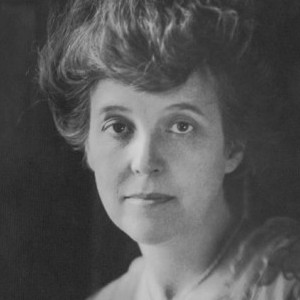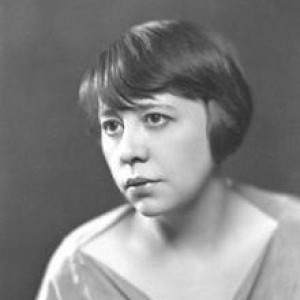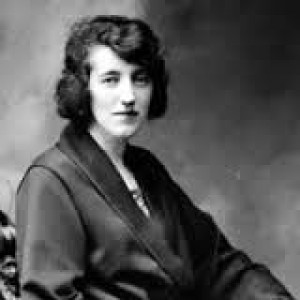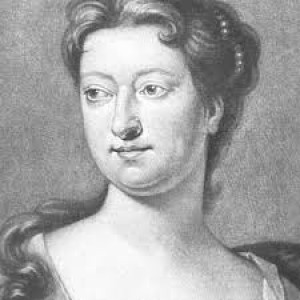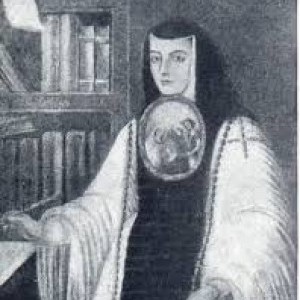Aria Da Capo
About the Play
1919
Provincetown Players, 1919-20 Season, Directed by Edna St. Vincent Millay
4 men, 1 woman
Fantasy,
One-Act
Full text available online: https://archive.org/stream/ariadecapoplay00millrich/ariadecapoplay00millrich_djvu.txt
Summary
The play opens with a harlequinade, with the commedia dell’arte characters Pierrot and Columbine on stage performing. Cothurnus, the fifth character, appears and begins to manipulate the action on stage. He clears Pierrot and Columbine off the stage and brings on Thyrsis and Corydon, two naïve shepherds, to stage their own performance, in which they play two rivals. The action consumes them and they transform from friends to bitter enemies, ultimately killing each other. Cothurnus hides their bodies under the table on stage and allows Pierrot and Columbine to resume the harlequinade that he had earlier interrupted.
Background
Aria da Capo, the play’s title, is a reference to a Baroque musical form, popular in the seventeeth to mid-eighteenth centuries. The composition is divided into three sections: the first a complete piece, the second a marked contrast to the first in mood and tempo, and the third repeating the first. The da capo aria was performed by singers who were often accompanied by either several instruments or a small orchestra. This type of composition is divided into three sections. Millay used this structure to form the play and wrote in verse to mirror the musicality.
A pacifist, anti-war play, it was written by Millay shortly after her graduation from Vassar. Millay and her sister went on to join the Provincetown Players, where the play was produced as part of a triptych of one-acts, (though it was highlighted by the New York Times as the “mainstay” of the evening. It launched Millay to fame as a writer and was regarded as one of the finest American verse plays.
http://www.samuelfrench.com/p/8006/aria-da-capo
http://www.provincetownplayhouse.com/ariadacapo.html
https://www.youtube.com/watch?v=LD62w77lLuw (Performance part 1)
https://www.youtube.com/watch?v=s_Edl2q3P2c (Performance part 2)
https://www.youtube.com/watch?v=XUWVYU3LY6Q (Performance part 3)
https://en.wikipedia.org/wiki/Da_capo_aria
http://www.poetryfoundation.org/poems-and-poets/poets/detail/edna-st-vincent-millay
About the Playwright

Edna St. Vincent Millay (1892-1950) remains one of the foremost poets of the modern era, and is considered to have crafted some of the finest sonnets ever written. Her poetry was so highly acclaimed that it earned Millay both the 1923 Pulitzer Prize and the Robert Frost Medal, two of the highest honors in the literary world, for her poem “The Harp-Weaver.” Born in Rockland, Maine in 1892, Millay, the eldest of three sisters, was born to a nurse and a schoolteacher. However, her father abandoned…
View Profile
One Play at a Time Participating Universities
University of Missouri
Milikin University



